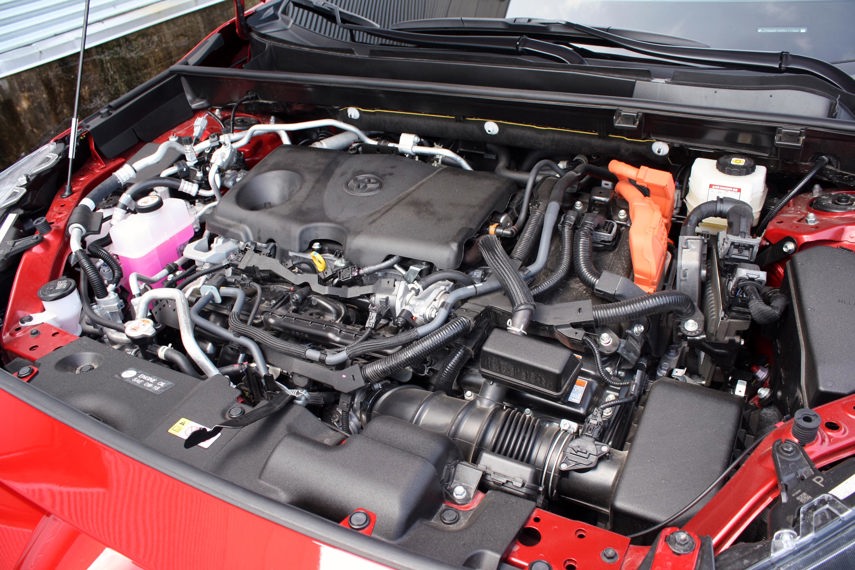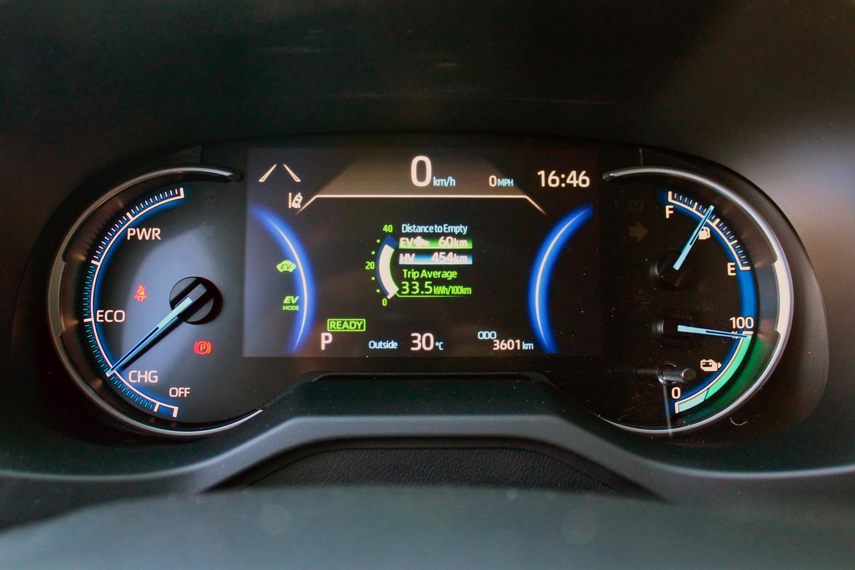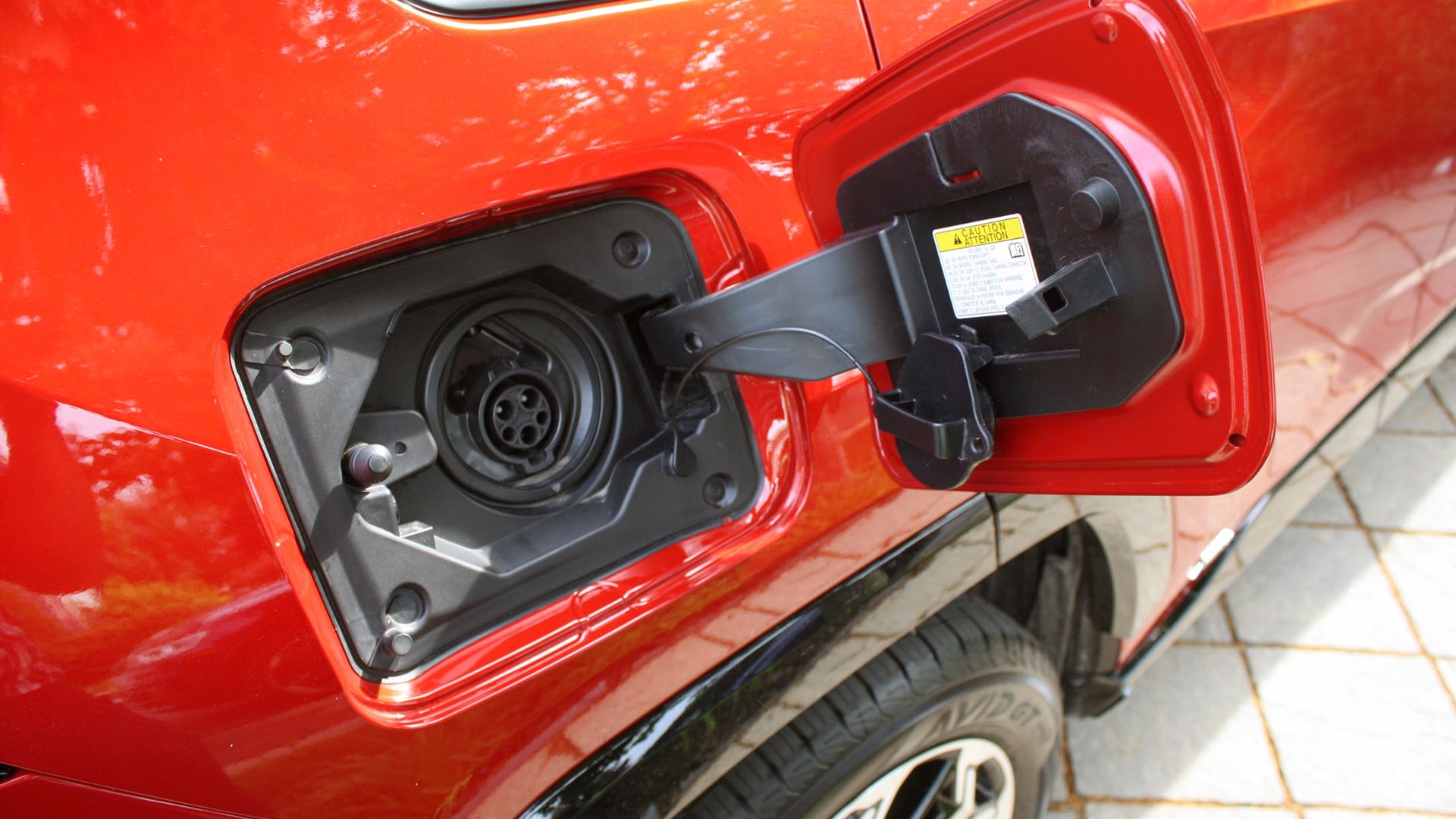Even with the most advanced of today’s all-electric vehicles capable of driving distances of over 660 kilometres between charges, a car powered by a battery alone doesn’t fit into the driving needs of many Canadians, especially if they can’t charge at home or work. The lack of a robust public charging network, long-distance commutes, shorter driving ranges in colder temperatures, and the concerns about needing to plug in during bad weather or poor driving conditions are all real-world concerns that keep many drivers from going all-in on purchasing a new battery-electric car.
But if the appeal of zero-emissions driving for shorter distances is at the top of your new car wish list, and you need a traditional fossil-fuel internal combustion engine as backup, a plug-in gas-electric hybrid electric vehicle (PHEV) might be the right car for you.
What Is a Plug-in Hybrid Electric Vehicle?
Think of a PHEV as a vehicle that splits the difference between conventional gasoline and fully electric vehicles. By marrying a gas engine with an electric motor fed by a battery pack, a PHEV can drive on electric power alone and switch to the gas engine for unlimited distances when the battery is empty.
How Does a PHEV Work?

Most PHEVs start as gas-only cars. Open the front hood, and you’ll find a typical gas engine with an electric motor next to it. Hidden under the back seat or somewhere in the trunk/cargo area, you’ll find a battery pack larger than a traditional 12-volt car battery but not nearly as big as what powers a fully electric car.
After a PHEV’s battery pack depletes, the gas engine takes over, and the car swaps between gasoline and electric power depending on the driving conditions, as the gas engine can fire up and work with the electric motor and battery pack to provide relatively low fuel consumption. Many PHEVs have regenerative braking systems that capture otherwise lost energy when coasting or slowing down to charge the battery. Some also use the gas engine as a generator to charge the battery, too.
Though most PHEVs allow drivers to decide when to tap into that electric power reserve, the transition to gasoline power is usually seamless. While PHEVs drive like conventional hybrid cars once the battery is depleted, drivers may notice an additional under-hood thrum from the gas engine, but that’s about it.
Wide Variety of New PHEVs Available
No longer considered niche vehicles, most automakers offer new PHEVs in their lineups, from BMW to Mitsubishi or Acura to Volvo, and in various body styles from compact sedans to large SUVs and trucks.
Most of today’s PHEVs look just like their conventional gas-fuelled counterparts and they are available in almost every vehicle segment. From compact SUVs (Toyota RAV4 Prime) to sports sedans (BMW 330e) to station wagons (Volvo V60 Recharge) to a minivan (Chrysler Pacifica Hybrid) to luxury SUVs (Lincoln Aviator Grand Touring) and off-roaders (Jeep Wrangler 4xe), automakers are offering PHEVs to meet a wide variety of driving needs.
Many PHEVs can handle drives typically between 40 and 80 kilometres using electric power alone. According to Natural Resources Canada’s testing of 2023 models, the Mini Cooper SE Countryman ALL4 and BMW X3 xDrive30e offer the lowest estimated maximum electric range of 29 km, while the Mercedes-Benz S 580e 4MATIC delivers the longest at 90 km.
Advantages of PHEVs

First, many commuters will discover they can drive a PHEV to and from work and do all their errands on electric power alone, while the gas engine stands in reserve waiting for longer road trips. It’s conceivable that a driver won’t have to fill up the gas tank for weeks if they can plug in their PHEV as often as possible.
Second, a PHEV is less expensive to buy than a battery-electric car. For example, with potential government electric incentives and delivery and destination charges, the battery-electric 2024 Kia Niro EV has an estimated driving range of 407 km and costs $44,020. But the PHEV Niro, and its 55-km range, is $7,300 less.
Finally, with their larger batteries, pure-electric vehicles can take a long time to recharge on the Level 2 chargers most owners will install at home, and charging a nearly depleted EV battery can take all day or night. However, like filling a fuel tank on an economy car, which takes less time than on a full-size SUV, charging times for a PHEV’s smaller batteries will take only a few hours.
Don’t forget that PHEVs with proper licence plates can often use high-occupancy lanes, adding another level of time-saving convenience.
Which One Is Better, a Hybrid or a Plug-in Hybrid?
This answer depends on how you’ll use the vehicle and how much you can afford. PHEVs command a price premium over standard hybrids, and any fuel savings may take a while to pay out. But a PHEV is ideal if you want to reduce your tailpipe emissions and can’t commit to going all-electric because it gives drivers the best of both worlds with little to no compromise.

